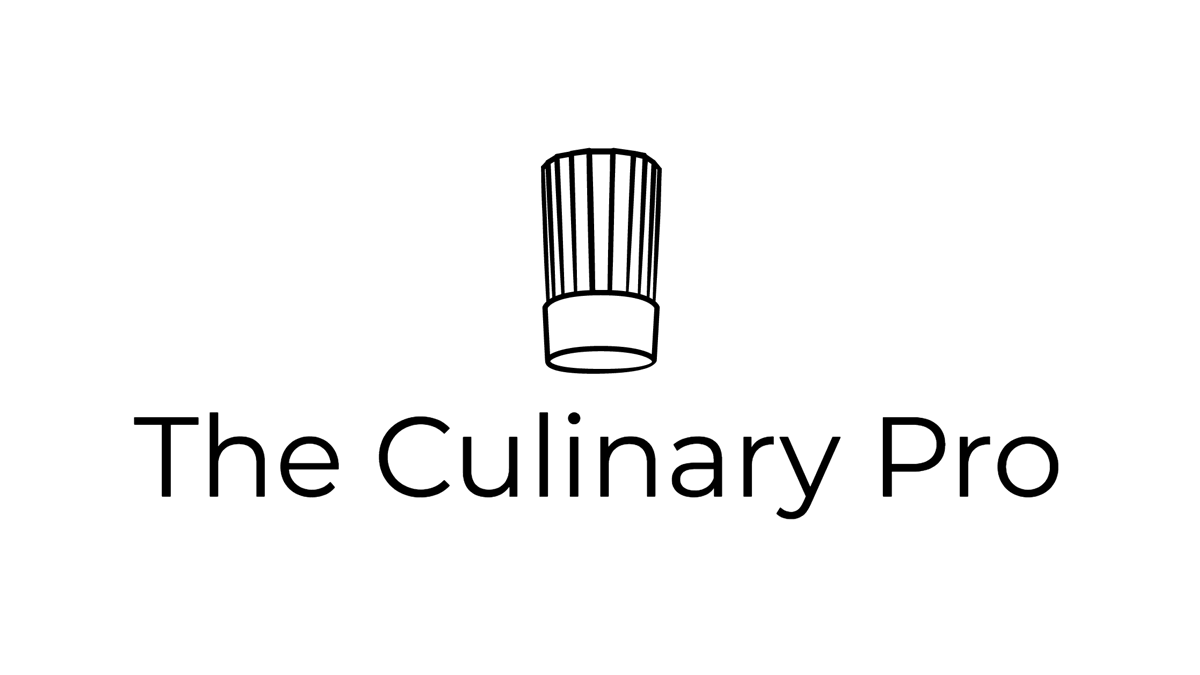Food Allergies
Millions of people have food allergies that can range from mild to life-threatening. Here’s what you need to know for Menu Planning, Food Preparation, and Guest Service
Allergic reactions occur in specific individuals from sensitivity to particular foods. Any food can cause a reaction, but eight common ones result in about 90% of the allergic reactions in people.
Food allergens are food proteins that the immune system mistakes as harmful, mounting an attack that can result in nausea, shortness of breath, hives or rashes, swelling of body parts (face, eyes, hands, feet), vomiting, diarrhea, and abdominal pain. In severe cases, anaphylactic shock may lead to death.
Today, Foodservice operators include information on potential food allergens and are training their staff to be aware of menu items that contain the major ones. Many menus today address customer concerns by having icons indicating allergens in foods and providing allergen-free options for their guests.
Every operation should develop a Food Allergy Reference Book listing ingredients for all menu items available to everyone in the operation.
The Big 9 Allergens
For Guest Service
For most restaurants, food preparation is done in an environment where all Big 9 allergens are present. If guests have allergy concerns, provide a menu ingredient guide for them to navigate the menu. For those with severe allergies to certain foods, it’s best not to guarantee that foods are completely free of these allergens because incidental cross-contact can occur anywhere in the food preparation and service process. Always let the guests make their own informed decisions.
When a guest informs you that someone in their party has a food allergy, follow the four R’s below:
Refer the food allergy concern to the chef, manager, or person in charge
Review the food allergy with the guest and check ingredient labels
Remember to check the preparation procedure for potential cross-contact
Respond to the guests and inform them of your findings
If a guest has an allergic reaction, notify the person in charge and call 911 to ensure medical attention is brought to the correct location.
Common Restaurant Scenario
Communication between the front of the house, kitchen, and guests with food allergies starts with asking the guest whether dietary instructions exist. To assist the guest, include a statement on the menu, such as "If you have any food allergies, please make your server aware when ordering." Use icons on the menu to denote items that are or can be made Vegetarian or Gluten-Free.
At the table, when the guest gives the server a complete list of food allergies and dietary restrictions, the server can then ask the guest questions regarding the severity of the allergy. The server can then ask the guest to pick a few dishes off the menu that are of interest, explicitly discussing the proteins (i.e., main elements) of the dish he or she would like to enjoy. The guest and server interaction streamlines itself the more knowledge the server has regarding common allergens on the menu.
The server should then consult the chef and review the Food Allergy Reference Book to confirm guest menu recommendations. After the chef offers or approves recommendations, the server returns to the guest’s table and relays menu information. The server and guest agree upon allergen-free menu items and/or dish modifications.
Menu Planning
There are ways to engineer a menu to make it easier for servers and cooks to adapt to guest’s allergen concerns. These can include eliminating the use of wheat flour in soups and sauces as much as possible. Offering vegan soups will eliminate dairy or animal products. Items like nuts can be offered as a garnish, for example, on a salad or soup, that guests can opt not to have. Offer pasta or grain dishes prepared without dairy or other allergens like fish or shellfish.
Food Preparation
When preparing items free of specific allergens, be mindful of your preparation to ensure the correct ingredients are used. Also, as much as possible, ensure that cross-contact with allergenic ingredients is avoided by utensils and equipment.
Examples of Potential Sources of Cross Contact:
Cooking oils, splatter, and steam from cooking foods
Utensils - spoons, knives, spatulas, tongs, etc.
Small Wares - cutting boards, bowls, pots, pans, etc.
Equipment - fryers and grills


